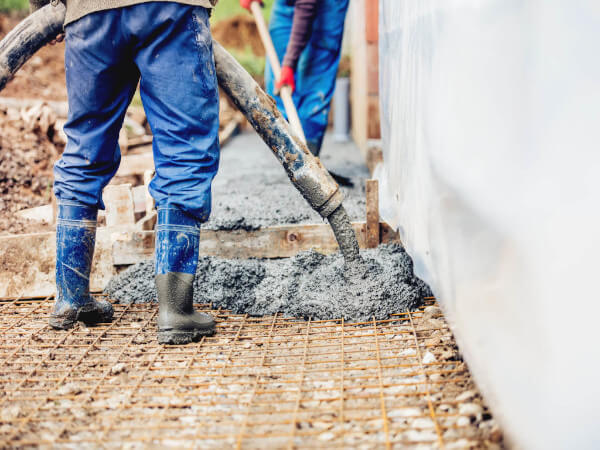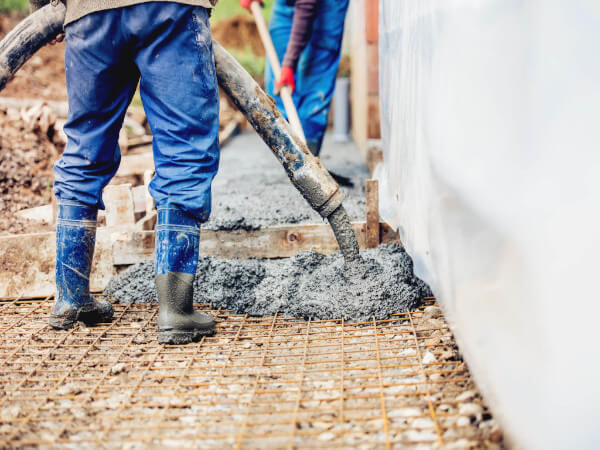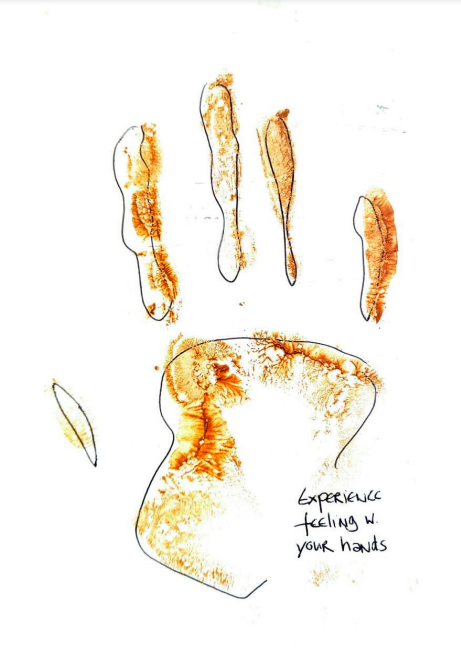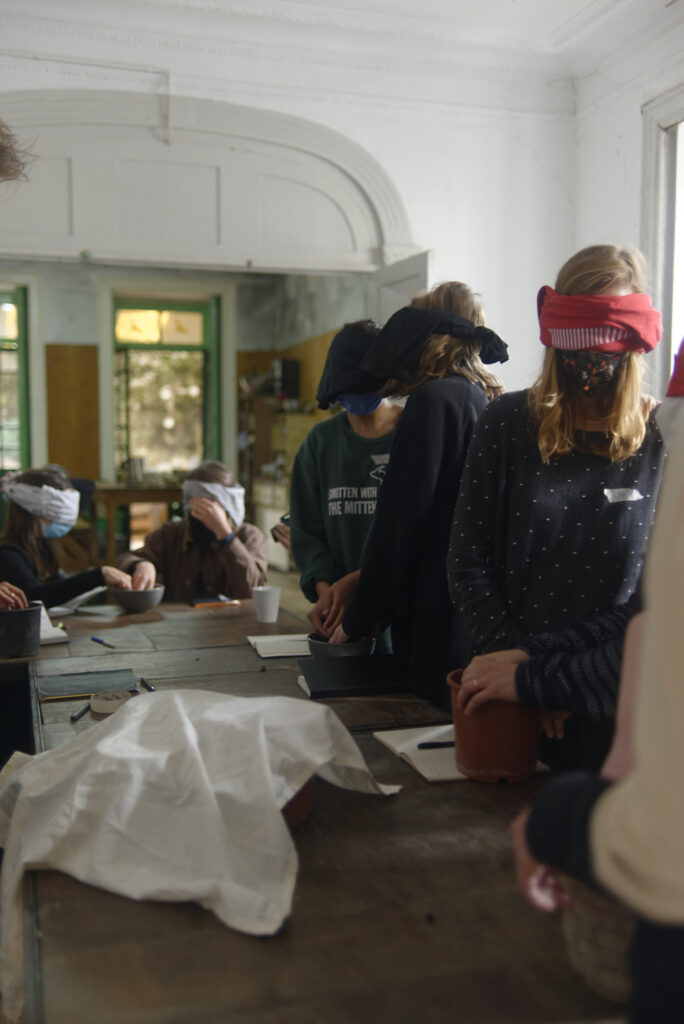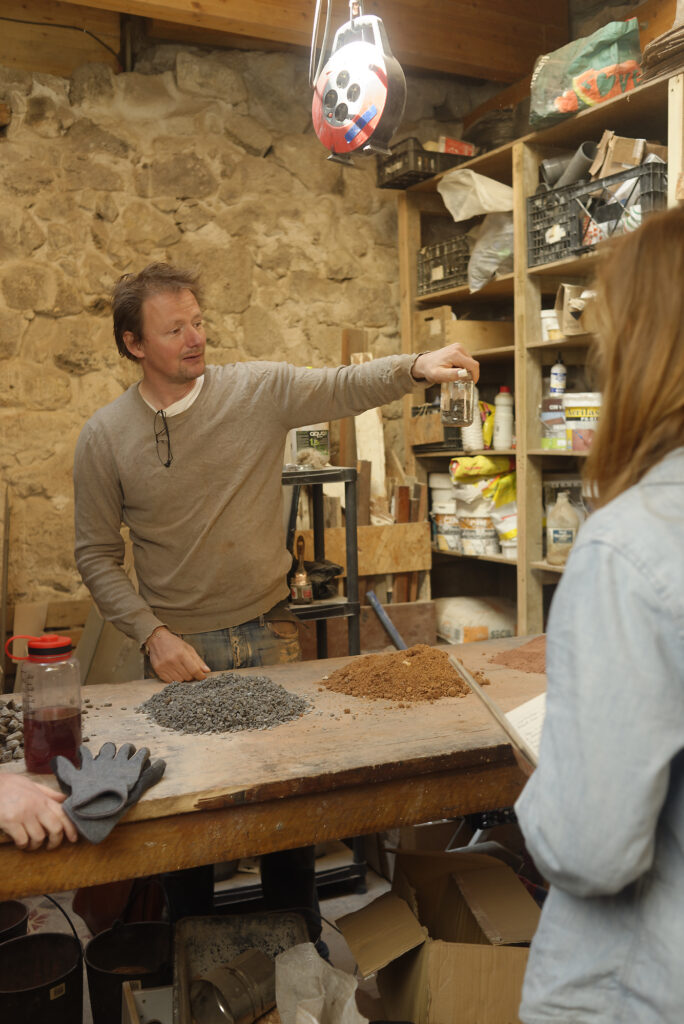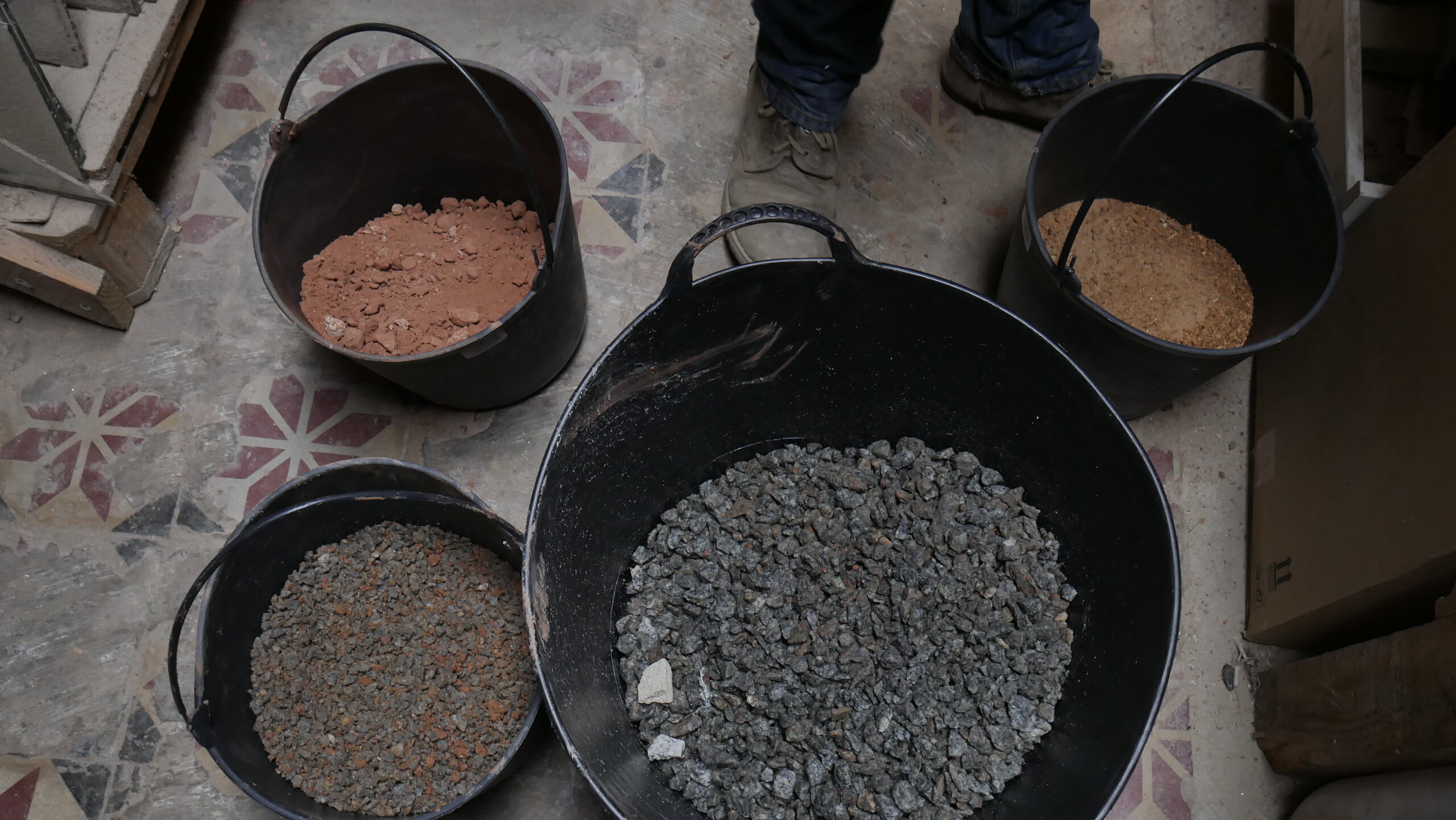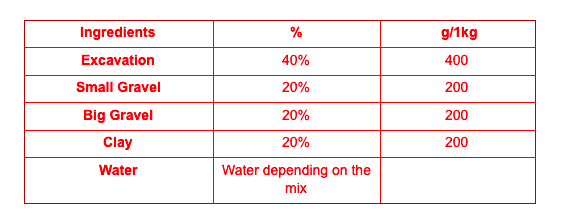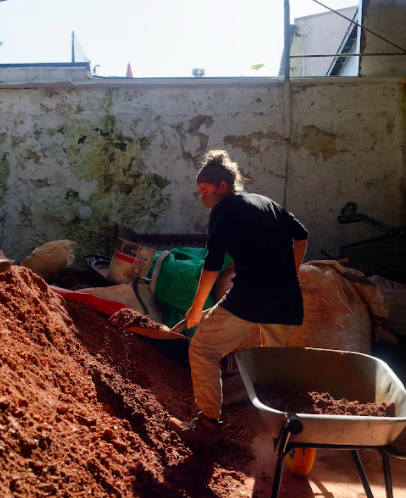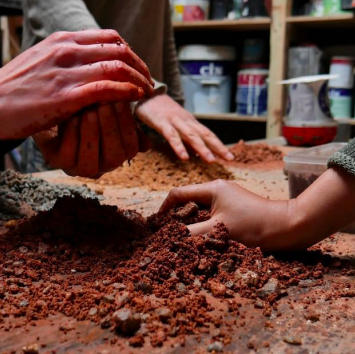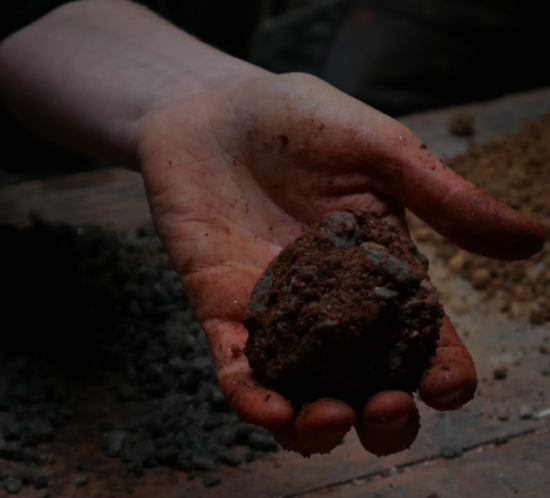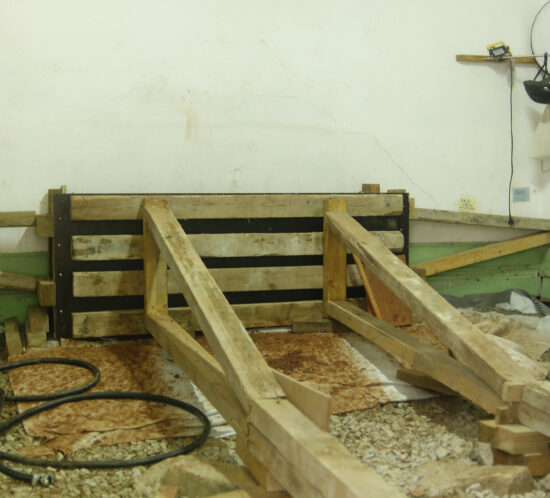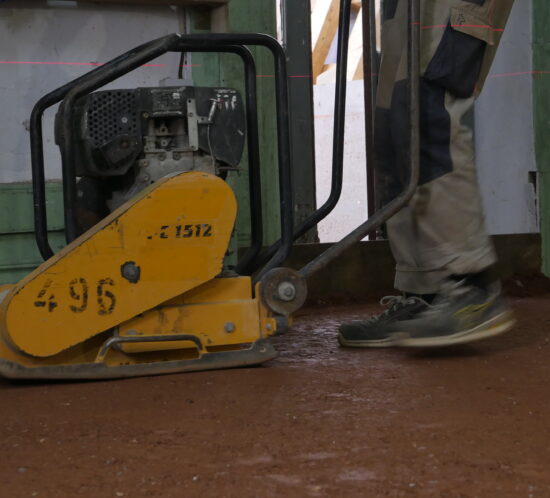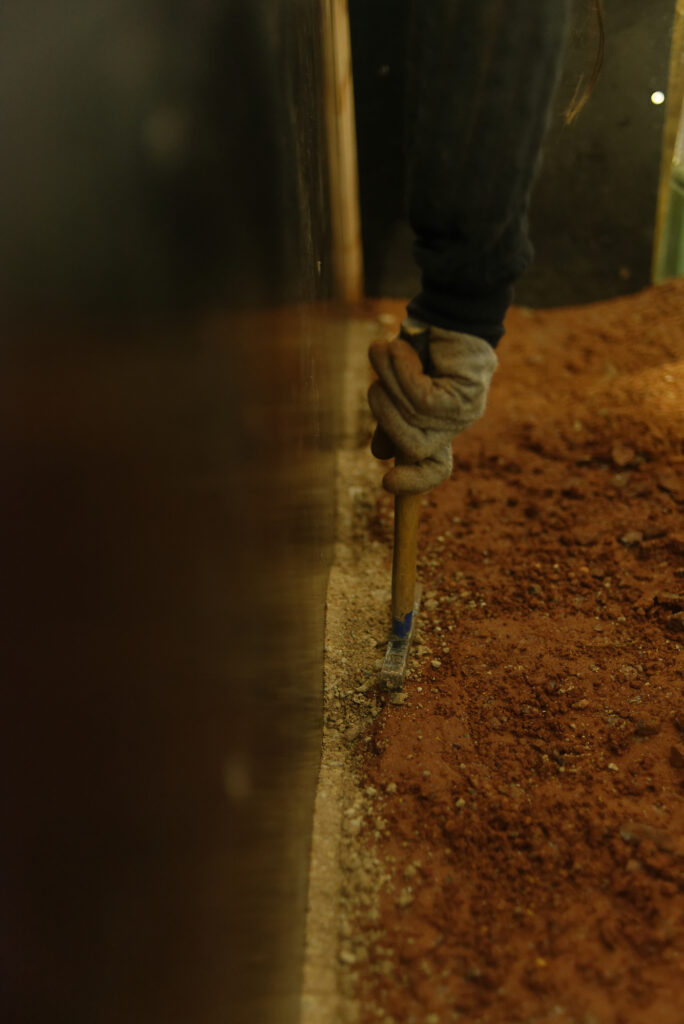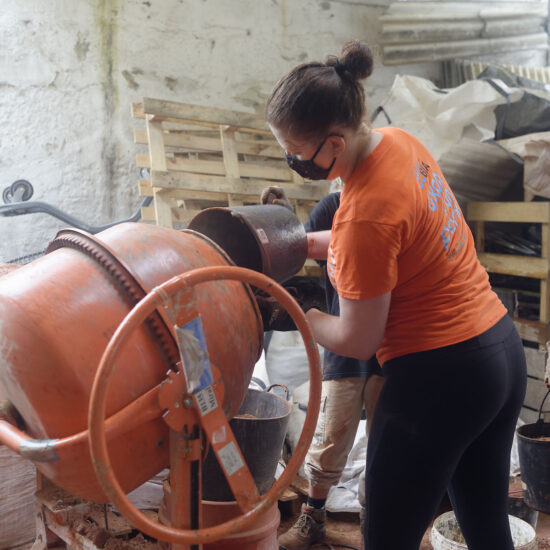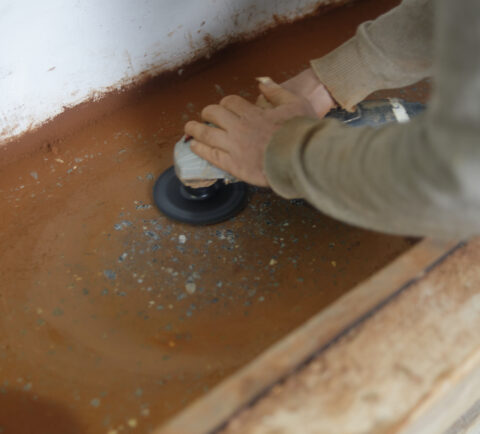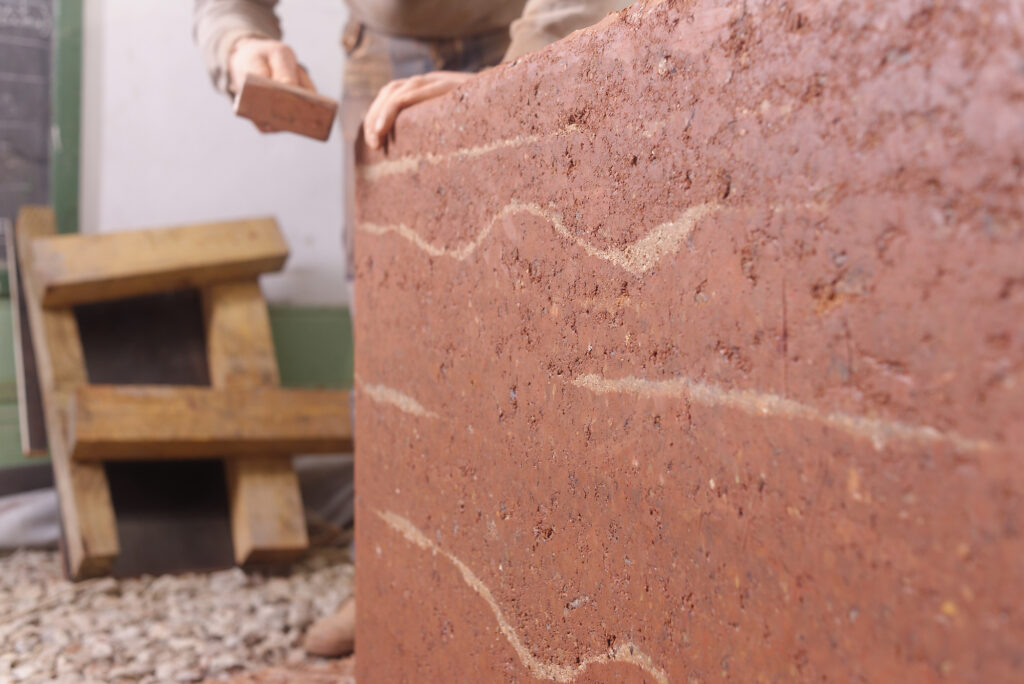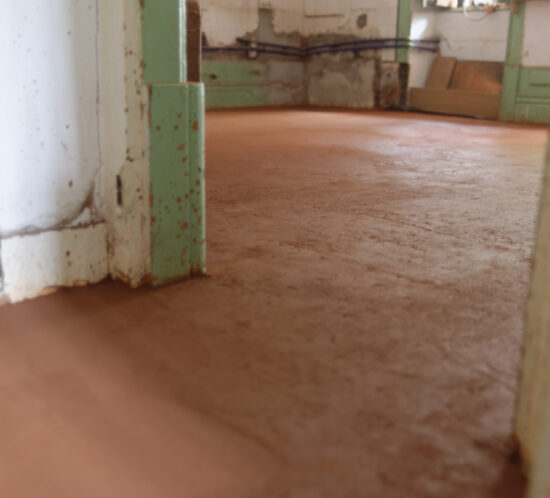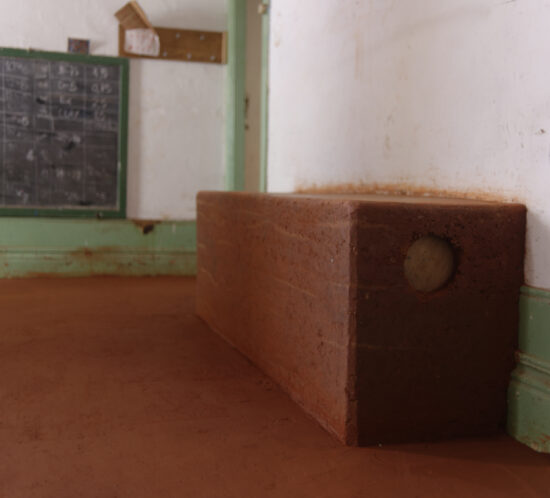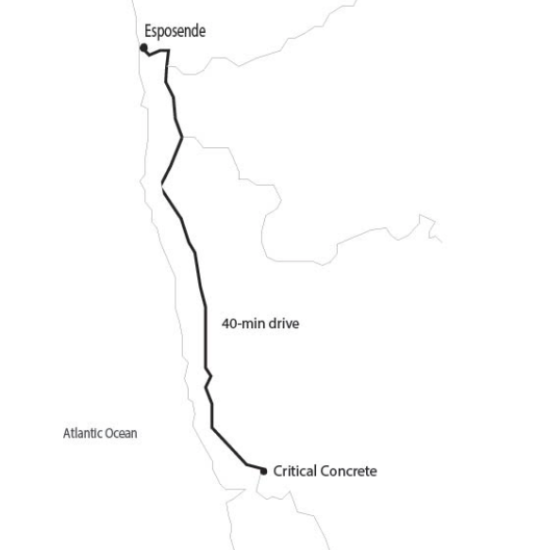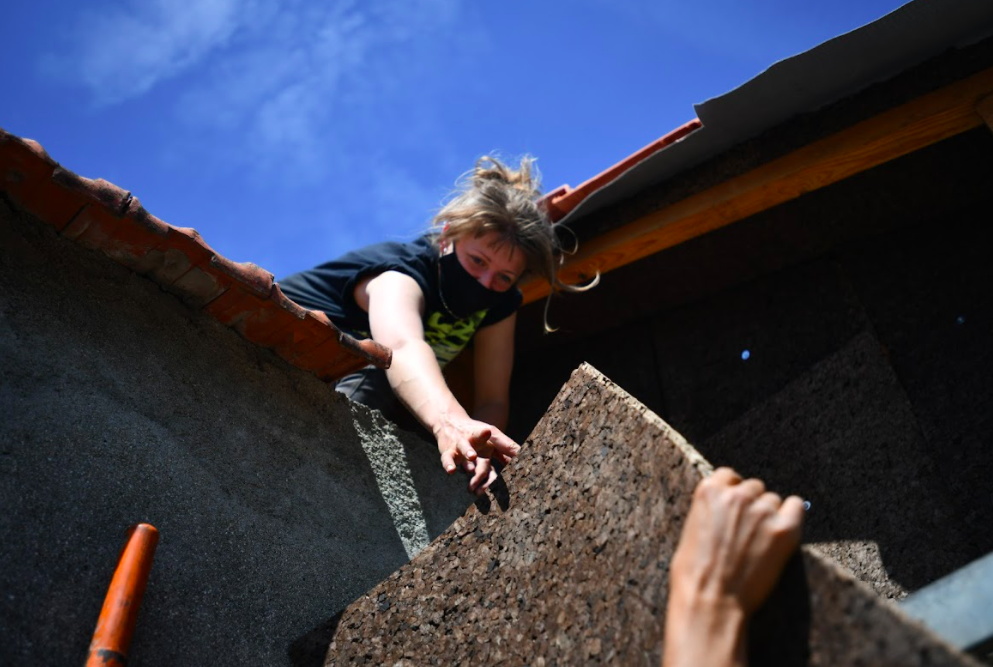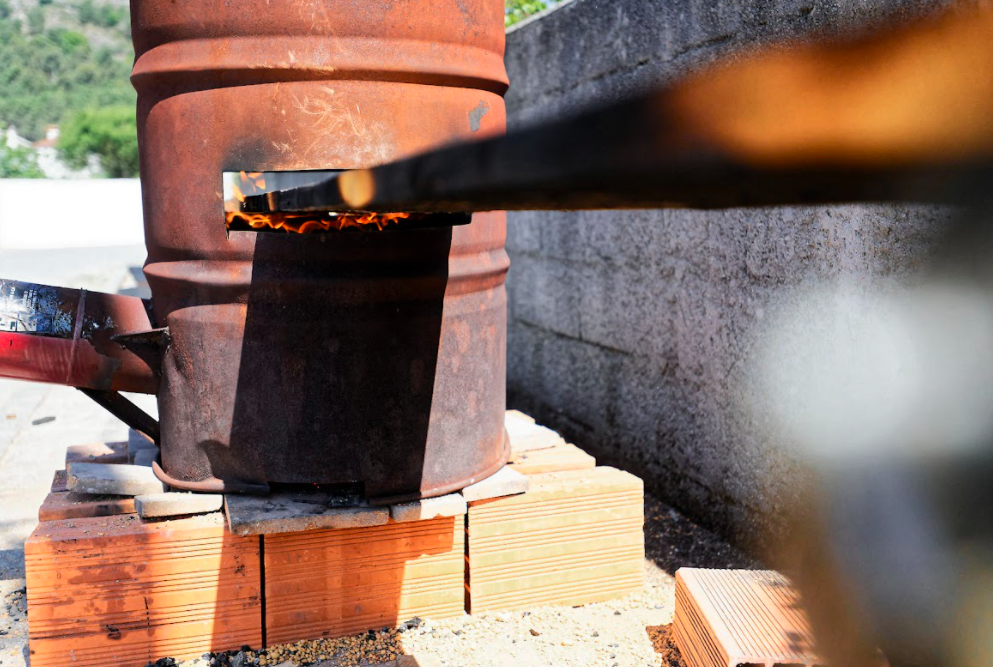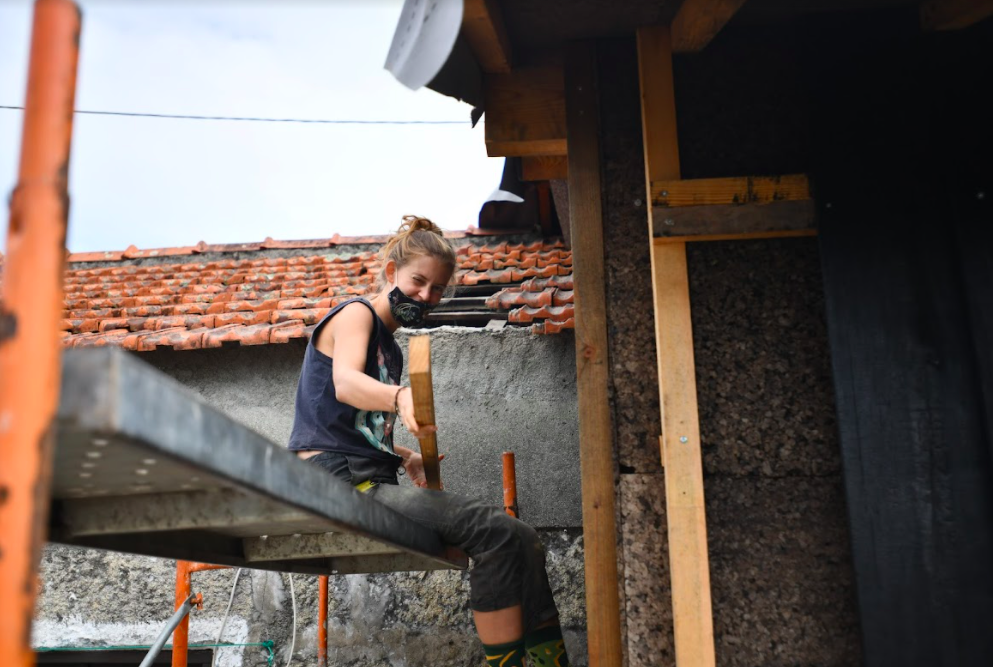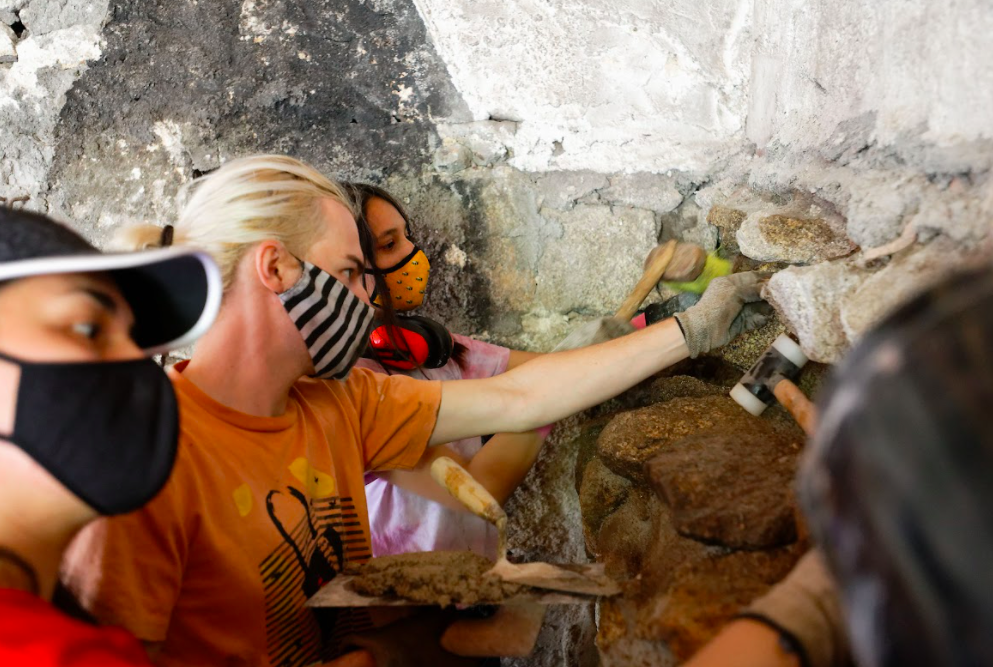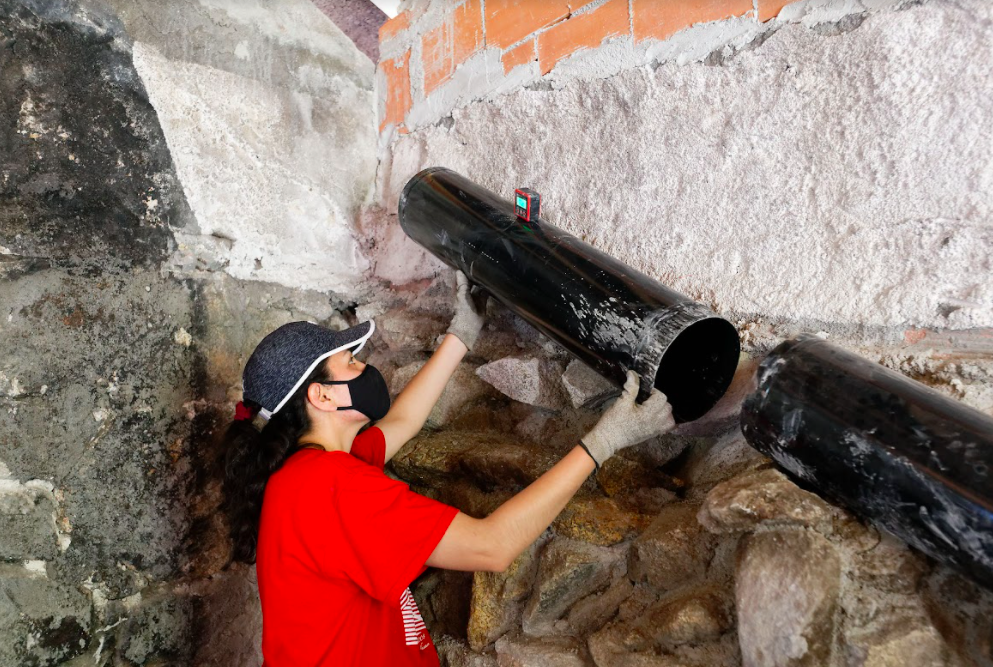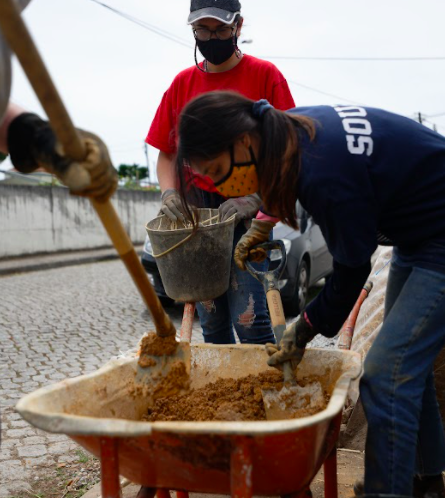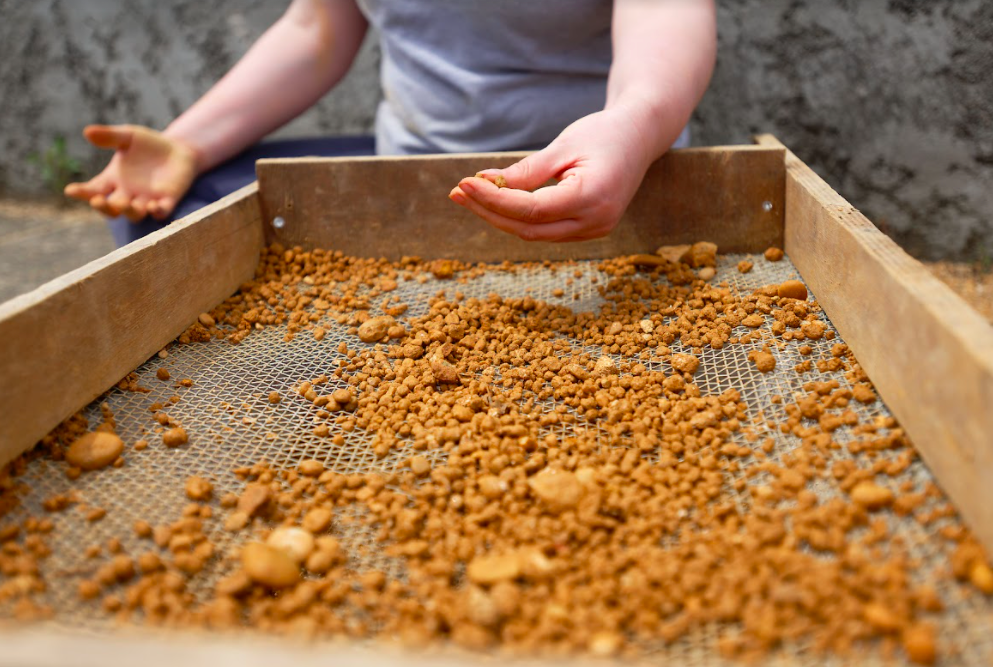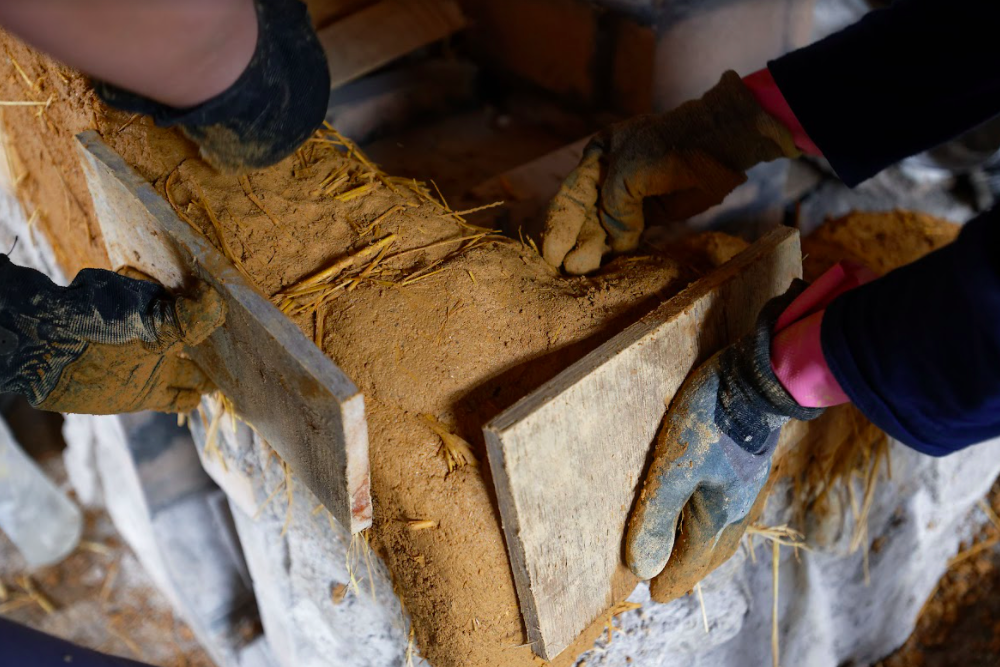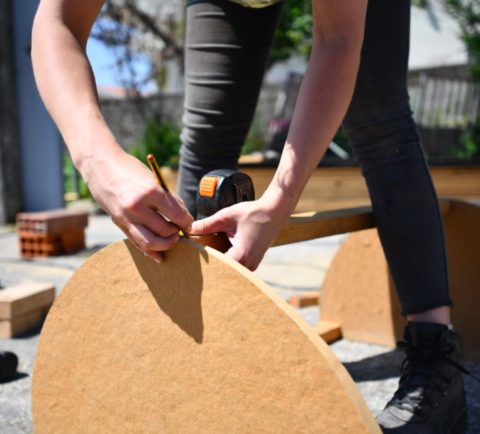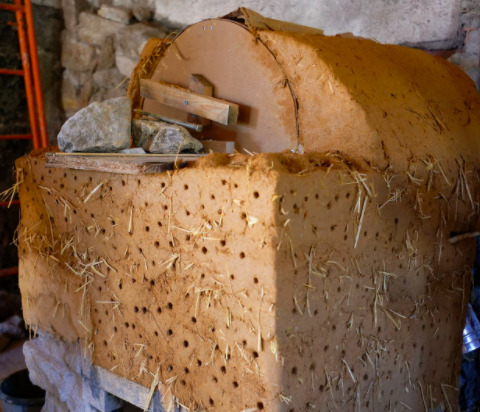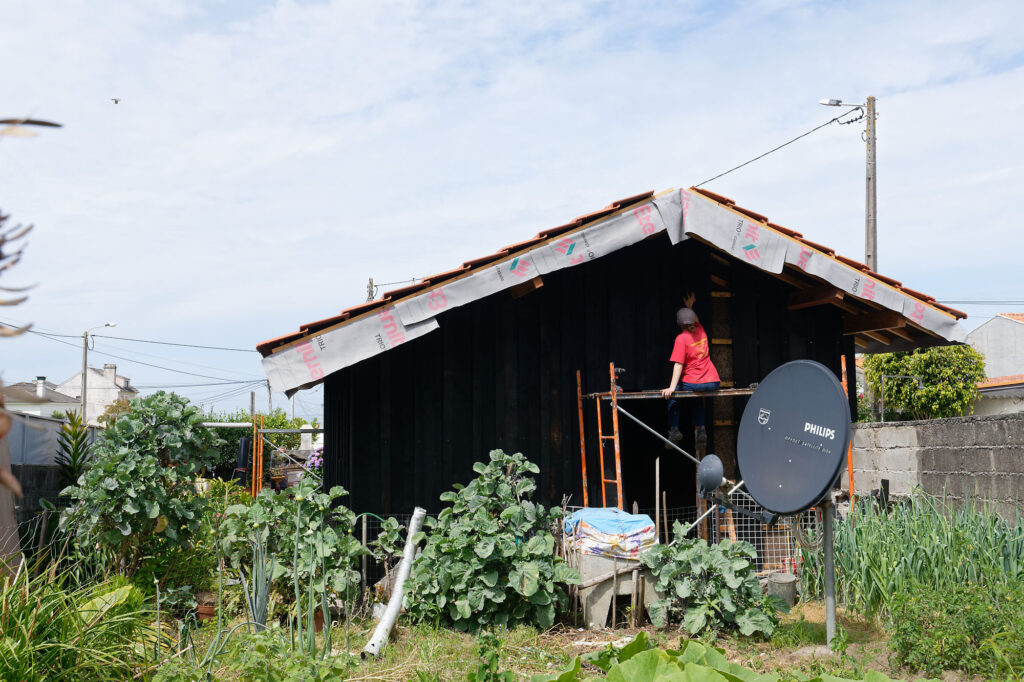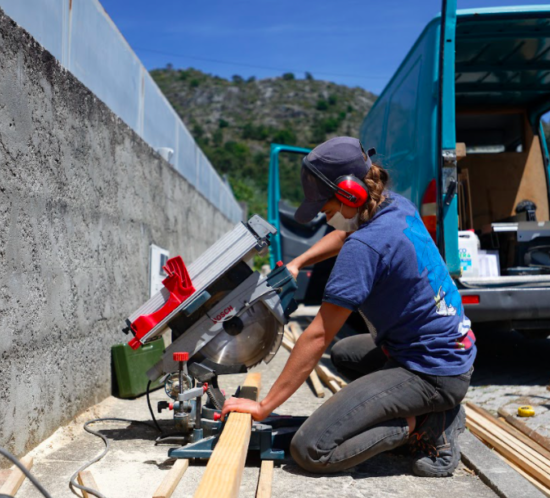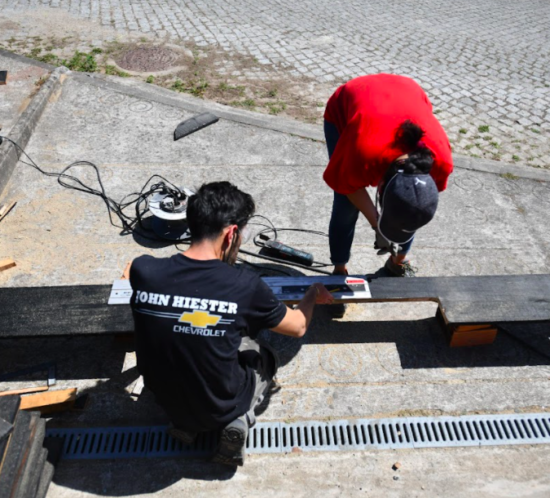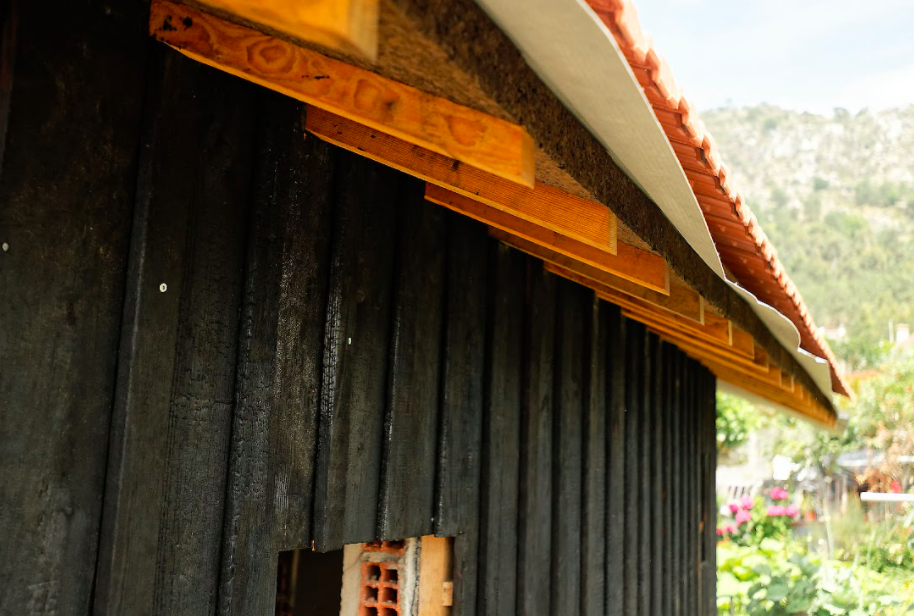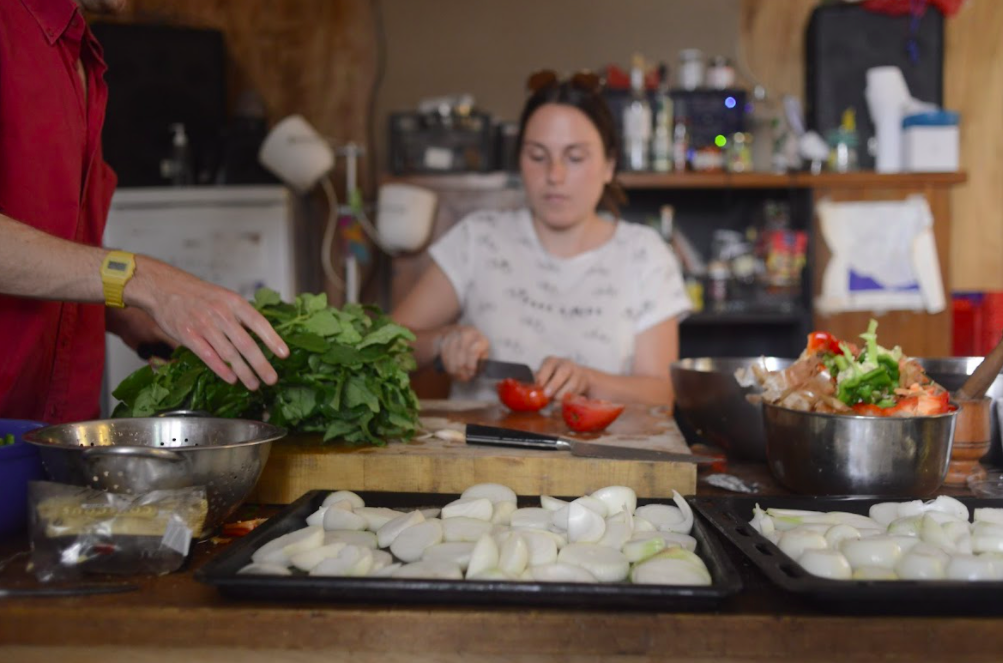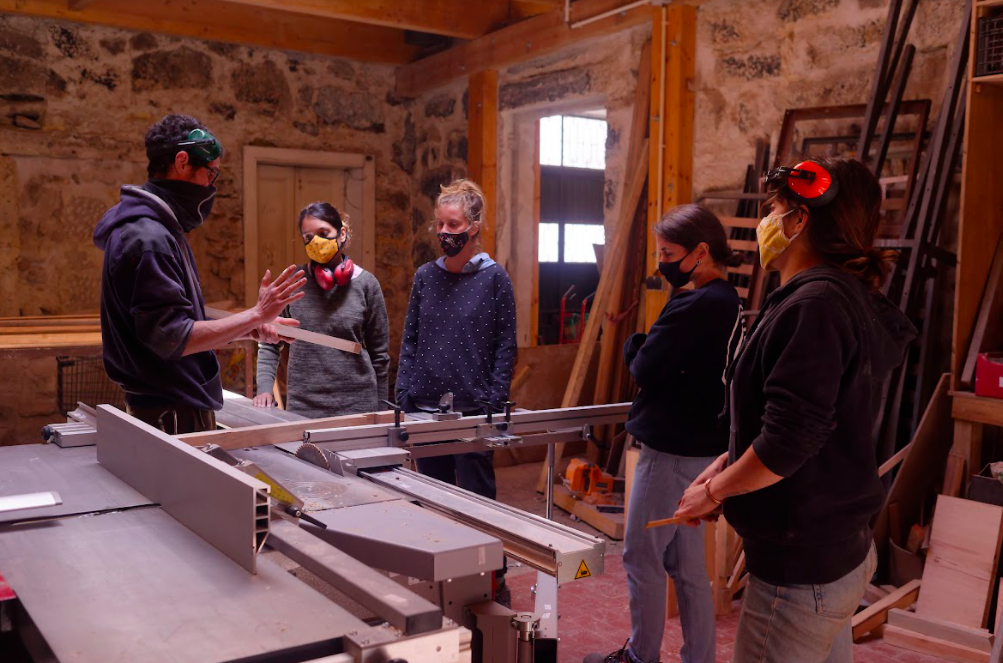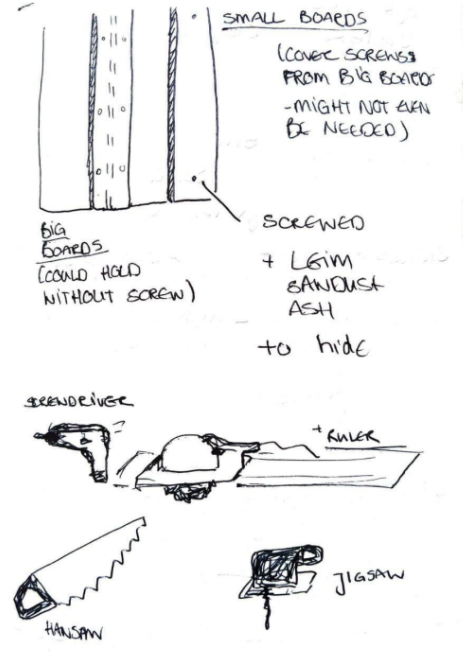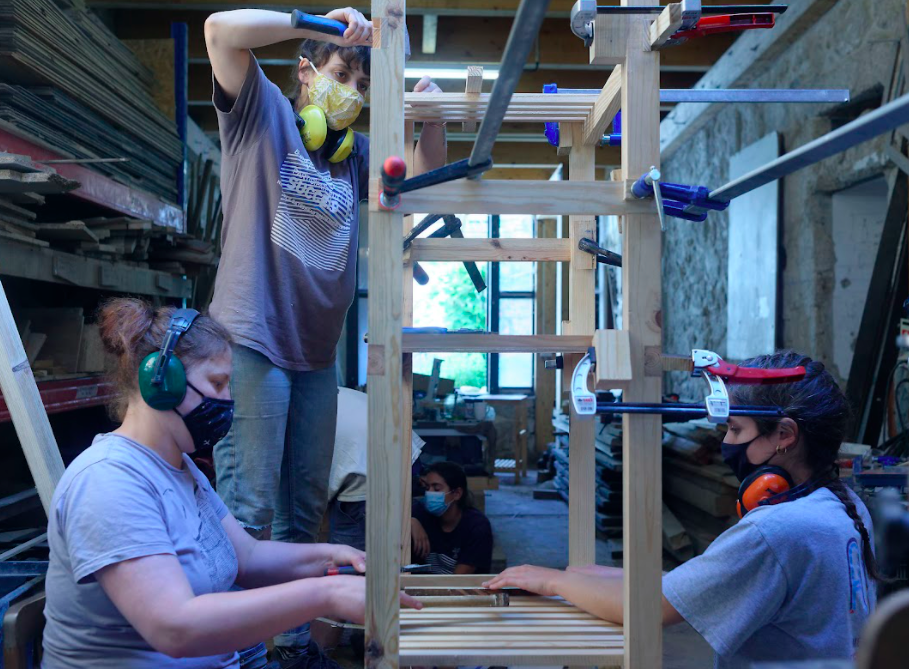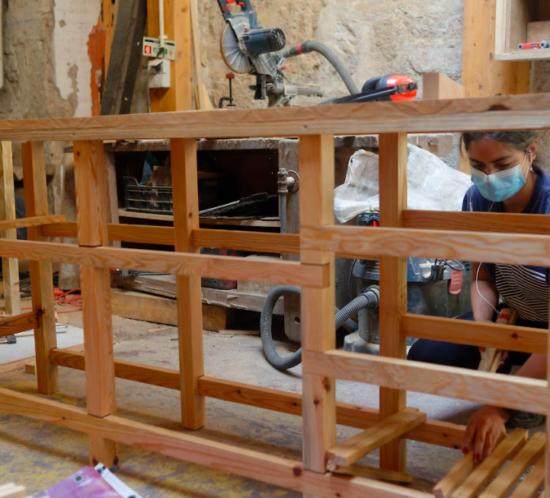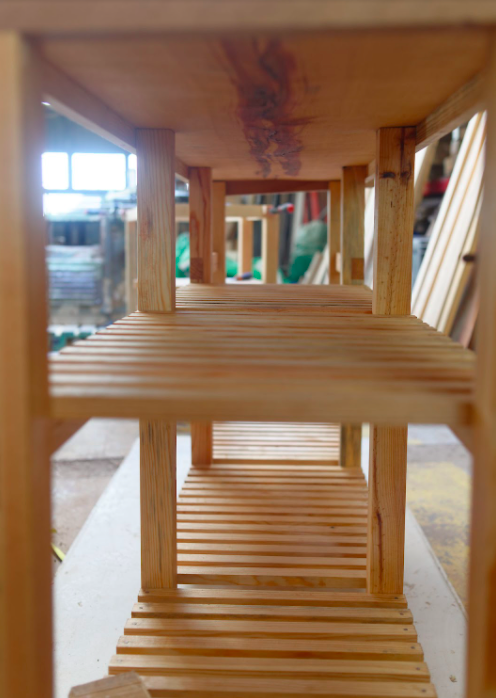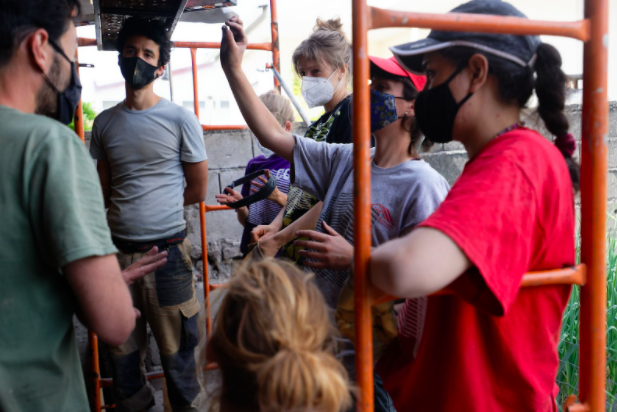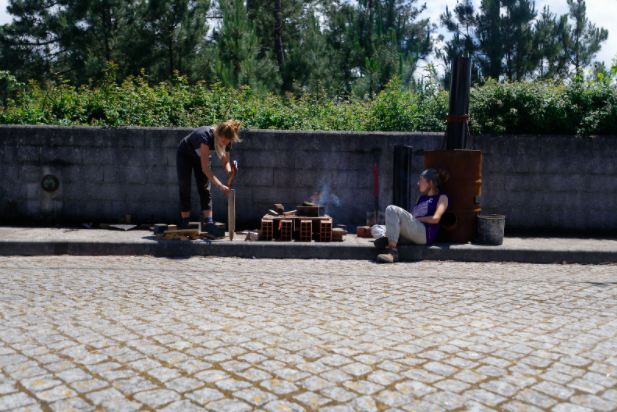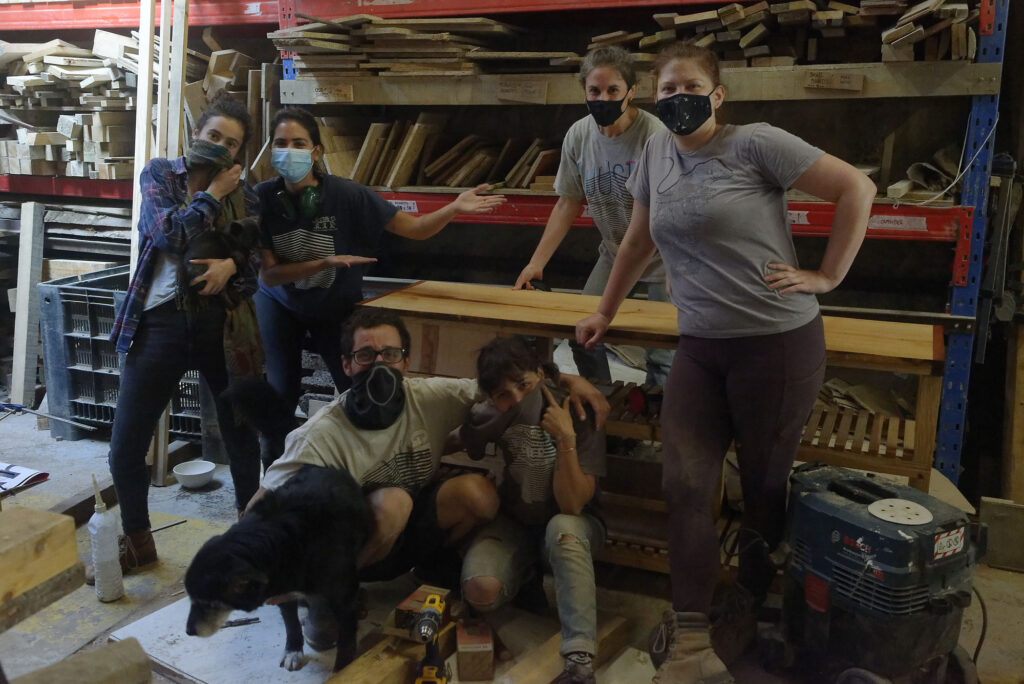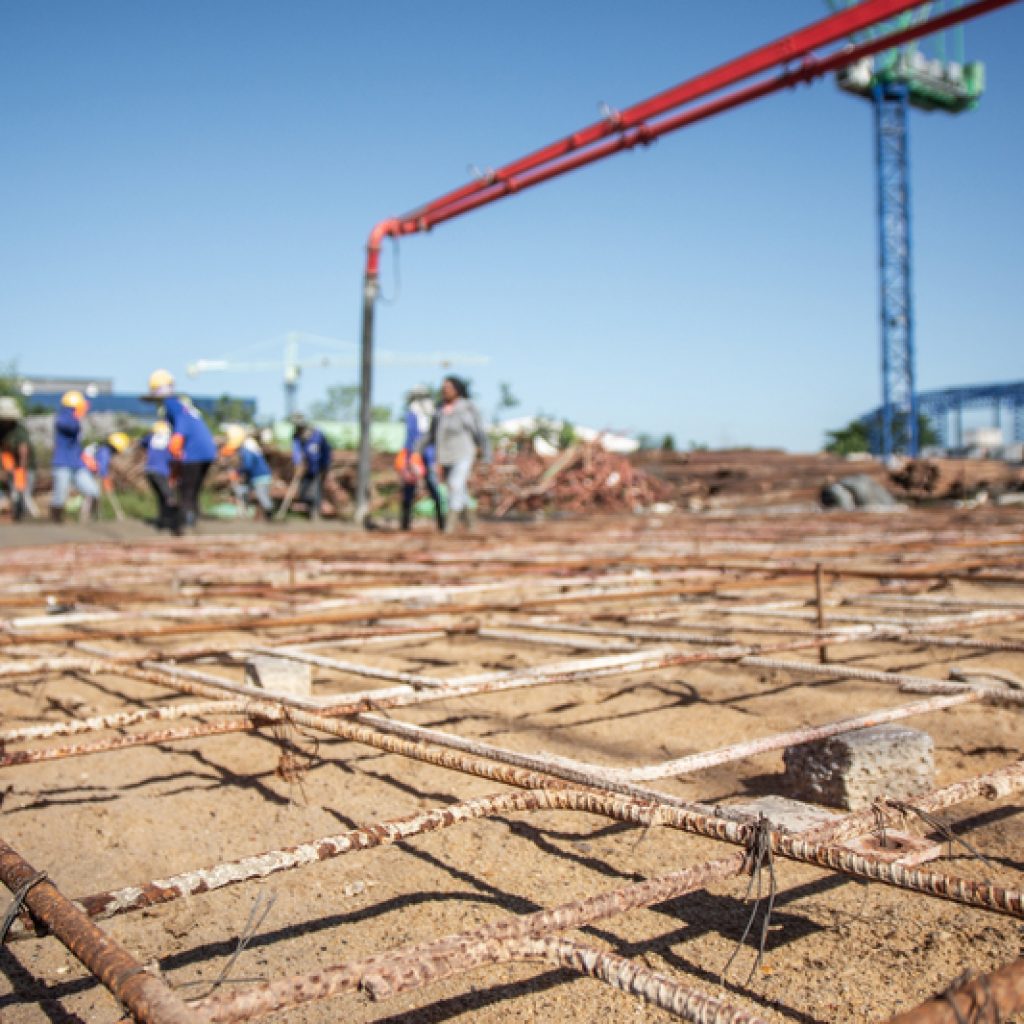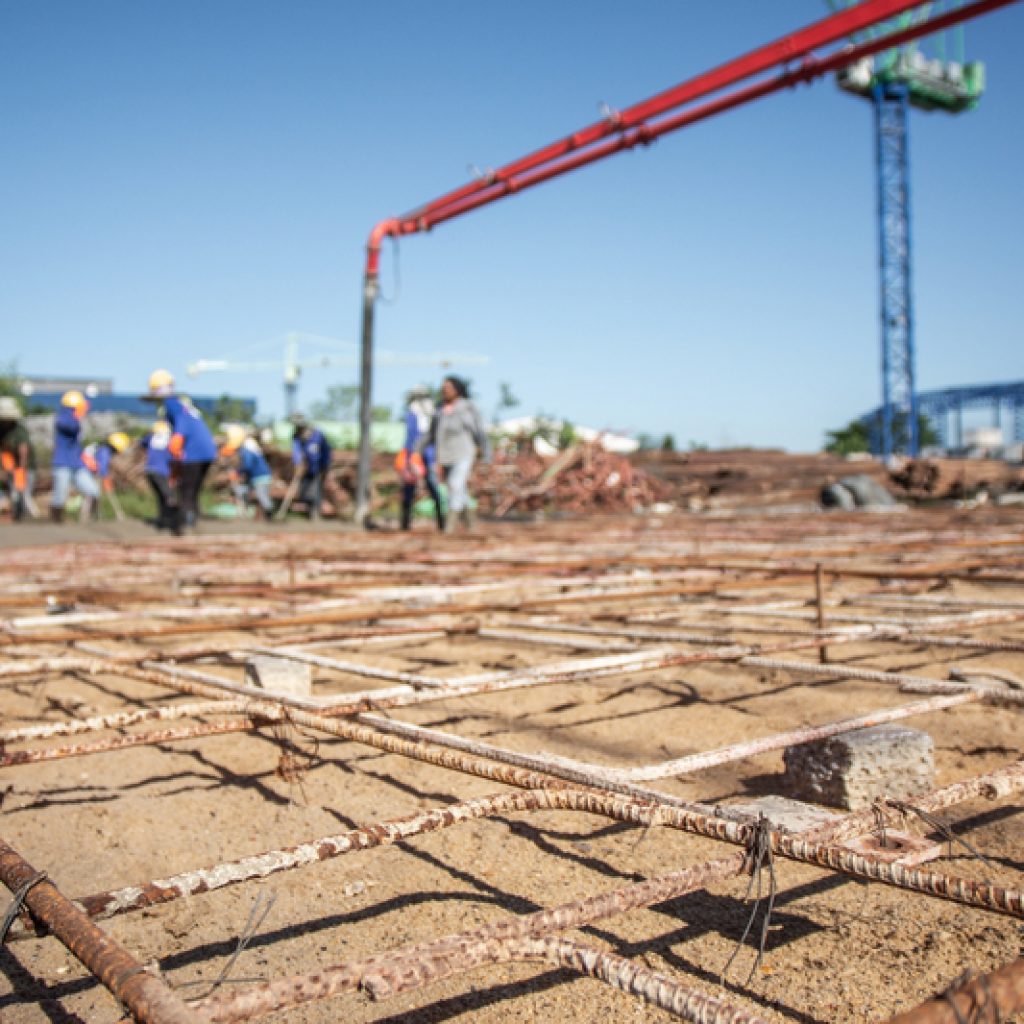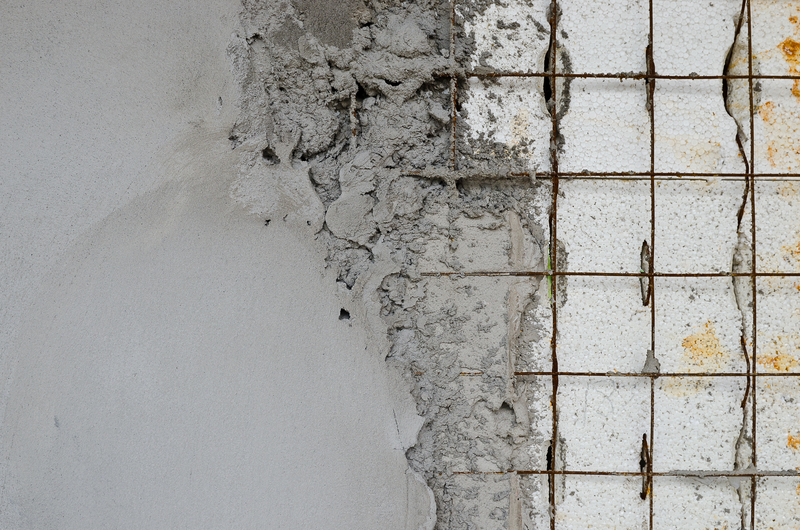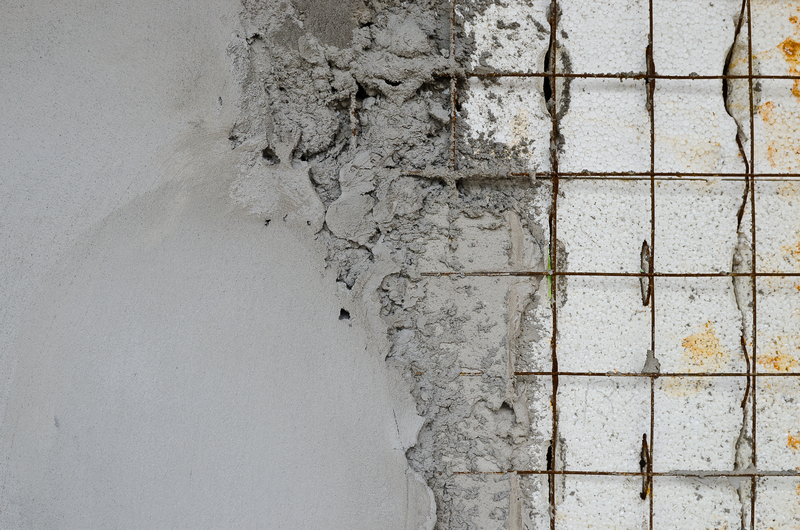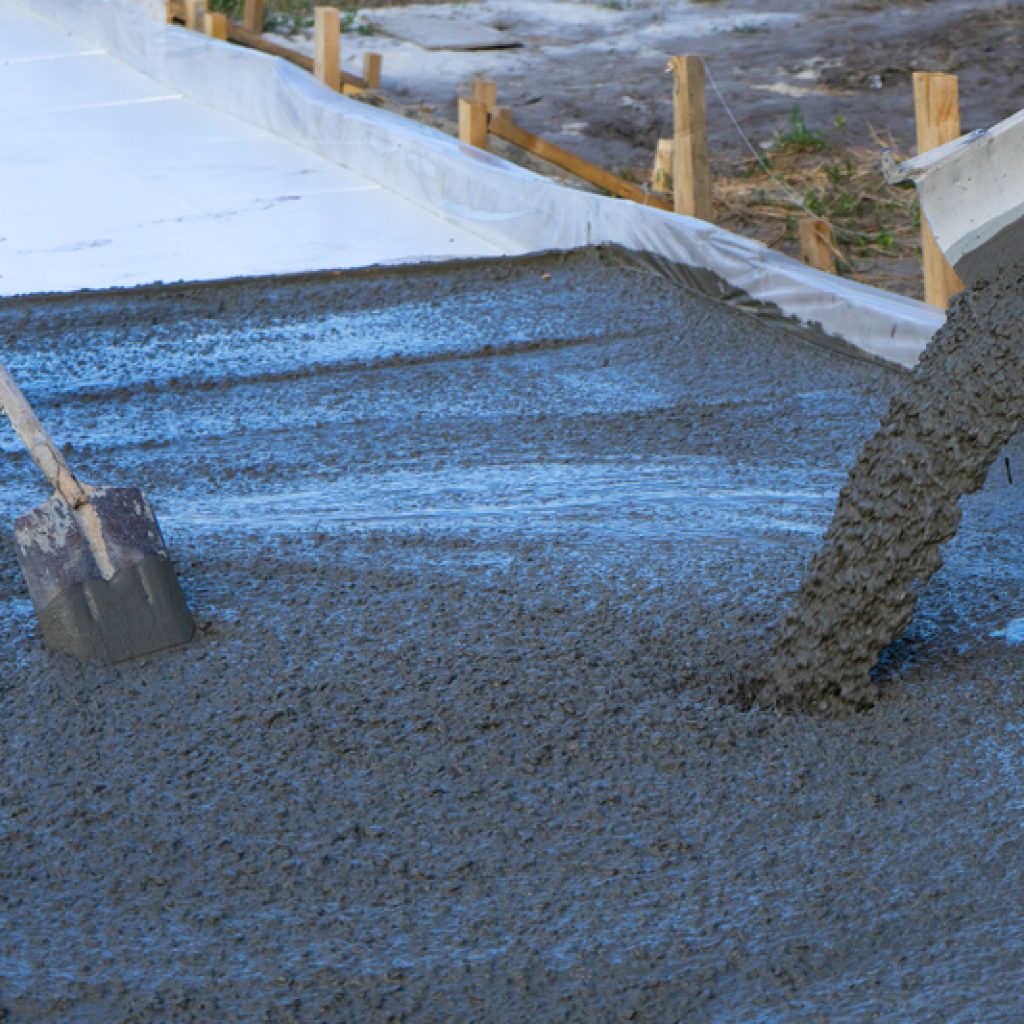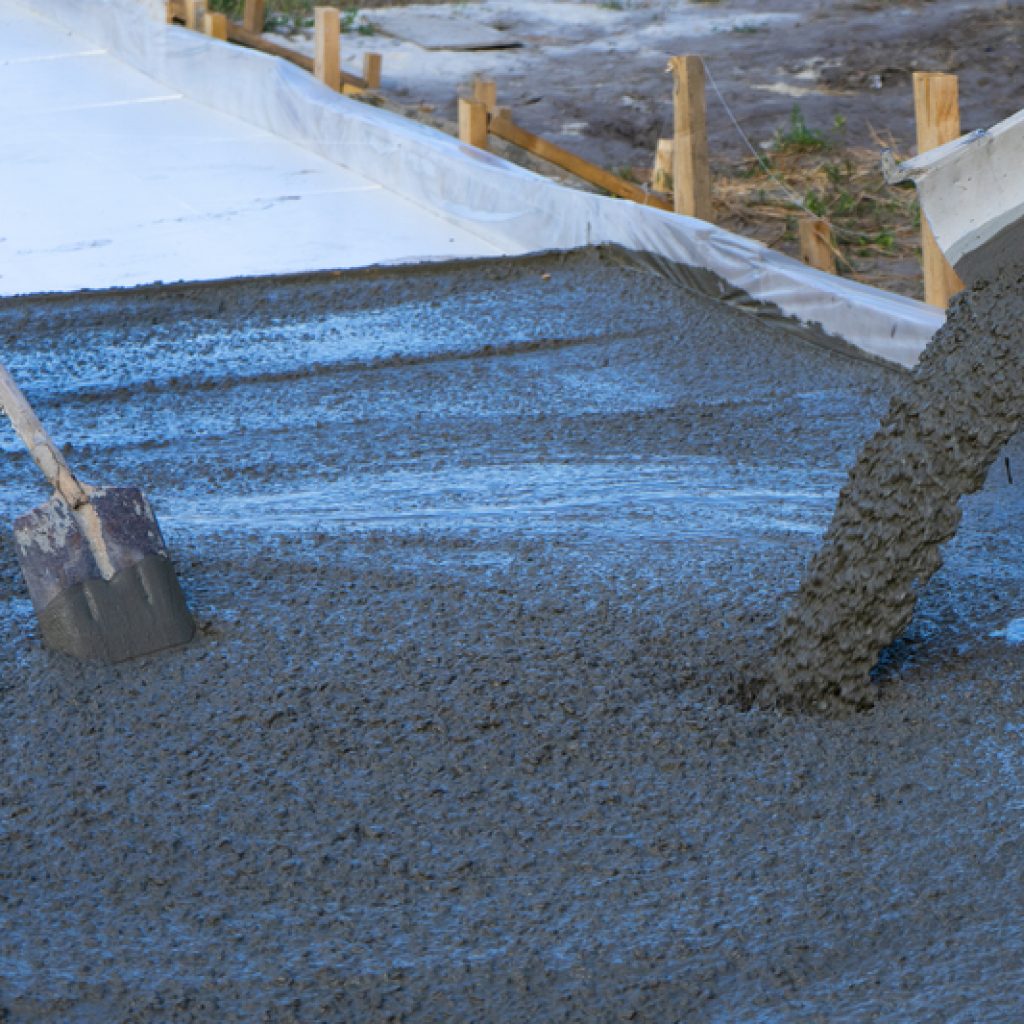Expand Your Horizons Review is a training program that teaches people how to become high ticket sales specialists. It also teaches them how to leverage social media and develop business strategy. The course costs 129 AUD per month, but they offer a free 4-day trial.
Brent and Molly Orwell, aka the Lifestyle Hustlers, created this academy to help people make money online. The course offers a monthly fee and includes training on marketing strategies and business opportunities.

Whether you are looking for a way to boost your income or want to expand your knowledge, there are plenty of ways to do so. For example, taking online courses is a great way to learn new skills and gain a better understanding of your industry. It can also help you make new connections and improve your career opportunities. In addition, it can also help you develop a more positive outlook on life.
Another way to expand your horizons is by traveling to different countries or cities. It is important to get out of your comfort zone and try new things, even if they are a little scary. The experience will help you become more adventurous and open minded. In fact, traveling can even help you build confidence in yourself and your abilities.
In addition to expanding your mind, it’s also important to spend time with people who lift you up and encourage you to pursue your dreams. This is important because many of us are stuck in routines that can be monotonous and boring. Expanding your horizons can be as simple as switching up your exercise routine or changing the scenery of your home office.
One of the most common reasons people don’t move forward in their careers is that they fear failure. However, if you’re committed to your goal and have a good support system, you can overcome this challenge. A few ways to expand your horizons include taking classes, joining professional organizations and networking with others.
EYH Academy is a great place to start if you’re looking for an easy-to-use program that can help you level up your lifestyle and earn passive income. Unlike most MLMs, it doesn’t require any inventory or expensive products. Plus, it’s safe to use and doesn’t cause any drama in your personal life.
The cost of EYH Academy is AU$129 per month (around USD $83). The website offers a free 4-day trial, so you can decide whether the program is worth it for you before signing up. The company also has a strict no refund policy, so you should check out their terms and conditions before signing up.
Expand your horizons is a program that teaches students the skills they need to be successful in math and science. The program uses a hands-on approach to teaching the importance of a career in science and math. The course also helps to break down sex stereotypes of girls in the sciences and provides role models for young women. The conference is held on college campuses across the country and in five countries.
The academy offers a variety of courses that cover topics from social media marketing to MLM. The website offers a 4-day free trial and charges AU$129 per month, which is around $83 USD today. You can sign up for the academy by clicking on the “Join Now” button on the website. Once you have signed up, you will receive a welcome email with instructions on how to use the system.
Expand Your Horizons has been accused of being a scam, but it is actually a legit online business training course that teaches you everything you need to know about digital marketing. The course is designed by legit digital marketers, and it can help you build a passive income online. However, the course is not for beginners. It is not the best option for people who are new to digital marketing, and it may take a while before you see any results.
In addition to offering a wide range of courses, Expand Your Horizons also offers online training for high ticket sales specialists. Its members learn to leverage social media, business strategy, and a mindset for success. The academy’s trainers include Brent and Molly Orwell, known as the Lifestyle Hustlers. The couple have created a virtual school with a fee per month called EYH (Expand Your Horizons).
While the EYH academy has many benefits, some users are not happy with its multi-level marketing aspect. Some complain that the academy’s instructors promote Enagic, a Japanese company that sells alkaline ionizers and water purification products. In addition, some people dislike the fact that they are not allowed to cancel their memberships. The EYH website clearly states that they do not issue refunds, and this applies even for the monthly subscription fee.
The instructors at expand your horizons are highly qualified and experienced professionals who provide their students with a comprehensive education portal. They add to it monthly, providing members with up-to-date training materials and opportunities. They also offer a private community where members and mentors can support each other. In addition to providing training, they are also public motivational speakers and podcasters. They inspire people to change their lives and live a life of abundance.
The online academy teaches students how to become high ticket sales specialists by leveraging social media and building a business strategy. Its founders are well-known influencers in the health and fitness space. Their work has inspired many to take action and create their own businesses. The platform also offers a free 4-day trial for new members. The fee to join the academy is AU$129 per month or US$85. It is a good option for beginners who want to learn how to make money online.
Expand Your Horizons has a great reputation on the Internet, with an excellent Trustpilot rating from its students. However, the site is not without its critics. There are some users who say the program is a scam. Others claim that it is a pyramid scheme and is not worth the investment. Despite these negative reviews, many students have found success with the academy.
Founded in April 2022, EYH Academy offers a comprehensive online course that teaches students how to create their own businesses. It also provides support and guidance from industry experts and business creators. The company is based in Australia and has a worldwide presence. Its customers include small- and medium-sized businesses, professional service providers, and independent contractors.
The program has a membership structure similar to an MLM program, where members earn commissions on the products they sell. Moreover, the program has a strict no-refund policy. Therefore, it is essential to read the Terms and Conditions carefully before joining the program.
The academy is a great choice for entrepreneurs who are looking to start their own business, but do not have the time or resources to do so on their own. The academy teaches them how to create an online business and build a community. It also helps them develop a mindset for success, which is important for building a successful business.
The reputation of expand your horizons academy is excellent, with 4.9 stars on Trustpilot from their students. However, there are still some people on Reddit who label it as a scam. It’s important to do your research before enrolling in any online course, and read reviews from other students. This will help you decide whether the program is right for you.
The Expand Your Horizons Academy is a monthly subscription-based platform that trains members to become high ticket sales specialists, leveraging social media and business strategy. It also teaches them how to develop a mindset for success. The company, formerly known as Lifestyle Hustlers, offers a free 4-day trial to new customers.
Besides offering training and support, EYH also provides tools and resources that enable members to build their own businesses. These include email marketing software, webinars and video tutorials, and a customer management system. The system allows users to create their own custom landing pages and email sequences. Moreover, it has enterprise-level security features and enforces cyber-security good practices.
The platform’s training is constantly updated and expanded, making it a valuable resource for entrepreneurs. The company’s trainers are also available to answer questions and provide support. In addition, the EYH Academy’s website is easy to navigate and contains a comprehensive library of articles on digital marketing.
In the video testimonials on the EYH website and YouTube channel, many students mention how the company has changed their lives. They describe how the platform has helped them to find opportunities and make money. They also share their experiences with other students and entrepreneurs.
One of the reasons why EYH is so successful is because it has a strong multi-level marketing (MLM) program with a focus on building relationships with potential customers. Unlike other MLM programs, EYH doesn’t sell water machines or products at sky-high prices. Its members earn commissions from referring new customers to the company and its affiliates.
In addition to training, EYH offers a supportive community and a proven track record of success. Its trainers are experienced, enthusiastic and dedicated to helping their students achieve their goals. They also have a diverse group of students from around the world.

 Cracks can be a very serious problem in masonry repair. They are often a sign that the foundation of a home is sinking, so they should be fixed by professionals who specialize in both masonry and settling foundations.
Cracks can be a very serious problem in masonry repair. They are often a sign that the foundation of a home is sinking, so they should be fixed by professionals who specialize in both masonry and settling foundations. 
